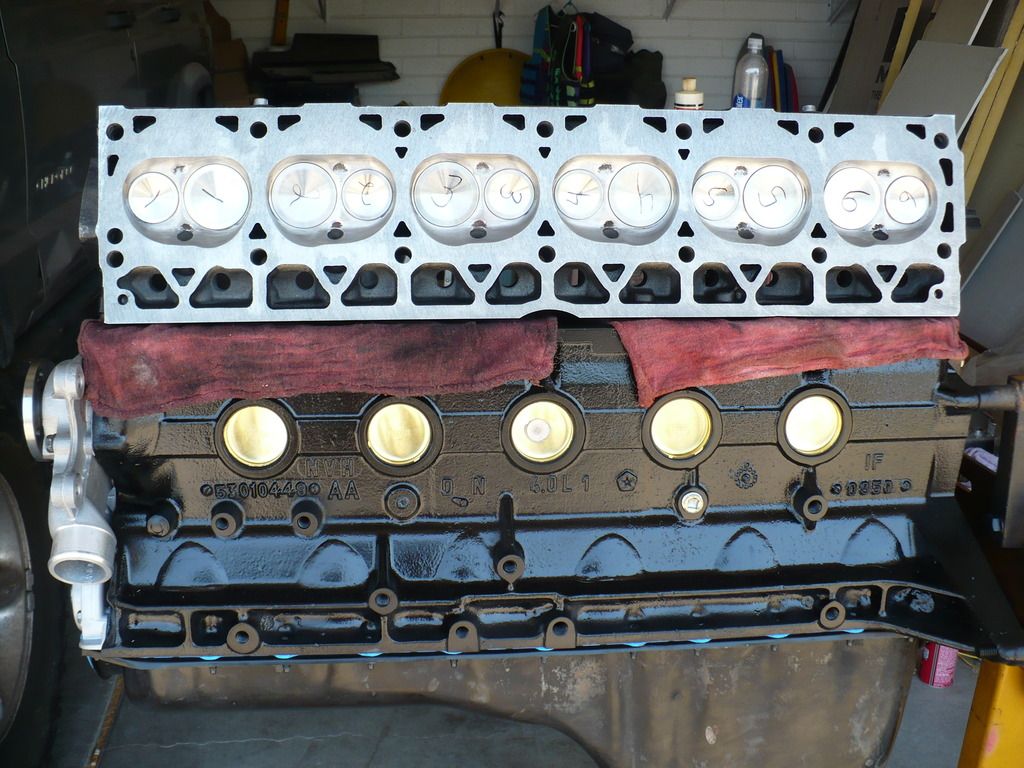Gotta ask how hot water reaches the tstat while its closed. If no water is flowing to the tstat, then the water around the tstat will warm up much more slowly than if engine coolant is circulating to it. If there is no flow, the water in the head around the combustion chamber and exhaust ports can become much hotter than the water at the tstat. The overheating effect is temporary because eventually the tstat will become hot enough to open.
The common belief is that tstats have a bleed hole to allow a small amount of circulation, but most tstats do not have one, and even if a tstat has one, the bleed hole is tiny and won't let a high volume of water pass. With that in mind, have a look at the heater core water flow circuit. It siphons water off the primary circuit right at the tstat housing and then returns it directly to the water pump which then sends the water through the engine coolant passages. This creates a substantial flow of warmed water to the tstat while it remains shut. If the heater core is clogged, then no warm water flow to the closed tstat, and instead, the tstat opens when the stagnant water at the tstat warms up.
An interesting question is what temperature differential occurs between the tstat and the head in this scenario. In the summer when outside temperatures are higher, the tstat temperature may not severely lag the head temperature, but in the winter, the lag may be more substantial.
A clogged heater core in combination with a closed tstat is also bad because there will be substantial cavitation at the water pump during this period, causing more rapid degradation of the pump vanes.





